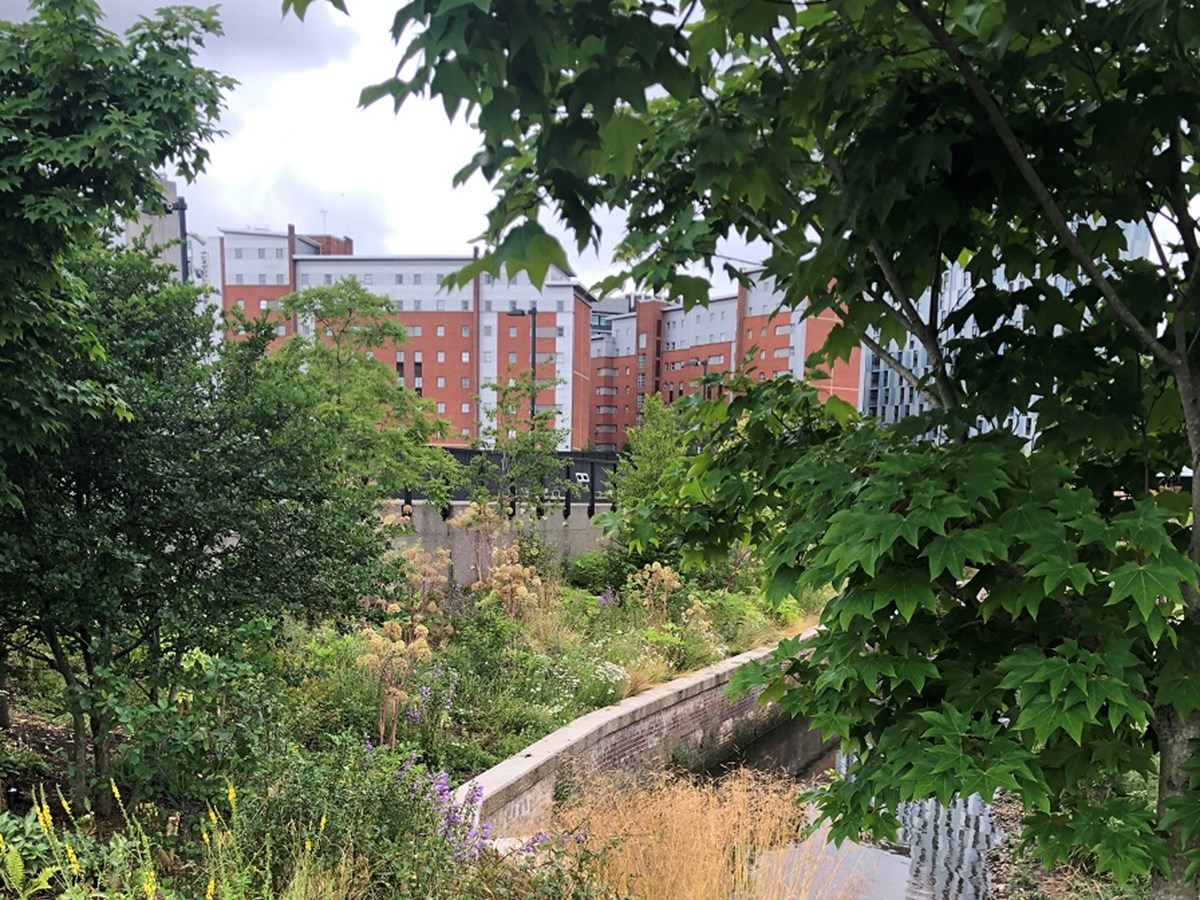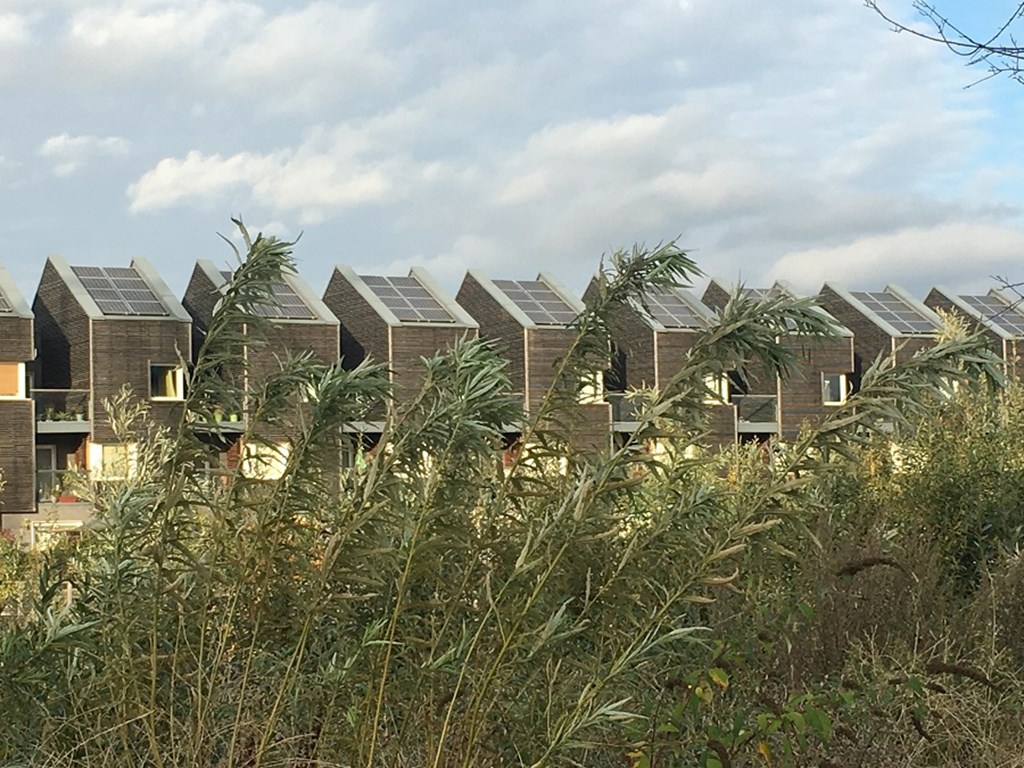Key takeaways:
- There are considerable barriers to delivering biodiversity in new developments, related to governance, knowledge, skills and information, finances, public perception and planning.
- Although biodiversity net gain is a key enabler, it is not enough and the interplay between policy, economic and social enablers is critical to creating a ‘virtuous circle’ for biodiversity delivery.
- To overcome barriers related to knowledge and information, planners and other professionals are increasingly using tools to support decision-making in relation to biodiversity in new development.
- Strategically combining these tools can lead to improved nature-recovery outcomes, but evaluation from expert ecologists is still necessary.
Summary
There is often an implementation gap between the ambition to enhance biodiversity and what actually occurs during the process of development and delivery. Despite increasing evidence that more biodiverse places are better for our health, wellbeing and climate resilience, significant challenges remain in creating places that represent net gains for biodiversity.
BiUrbs aims to improve our understanding of the economics of biodiversity in new developments and how they can best be designed, managed and delivered to support its conservation and enhancement.

Barking Riverside in East London includes a network of high-quality green infrastructure providing benefits for people and nature (Credit: Danielle Sinnett)

Mayfield Park in Manchester city centre has transformed a previously derelict area into a biodiverse expanse of green and blue infrastructure (Credit: Philippa Hughes)
Starting in 2022, the BiUrbs research team have so far:
1. Explored the goals, barriers and enablers for delivering biodiverse new developments via a Delphi analysis with professional stakeholders including planners, ecologists, landscape architects and development surveyors.
2. Reviewed the tools currently used in practice to aid decision-making on the inclusion of green infrastructure and biodiversity in neighbourhood planning.
3. Developed a workflow to support the selection of tools to generate positive outcomes for nature recovery.
In 2025 the BiURbs team will be:
4. Finalising costed case studies to showcase how biodiversity can be incorporated into new development.
5. Completing a choice experiment to illustrate which features residents are willing to pay for in their neighbourhoods and homes.
Research outputs
Links to BiUrbs:
NOTE: Findings and recommendations reflect the views of the researchers at the time of writing and are not necessarily the views of the RTPI.
